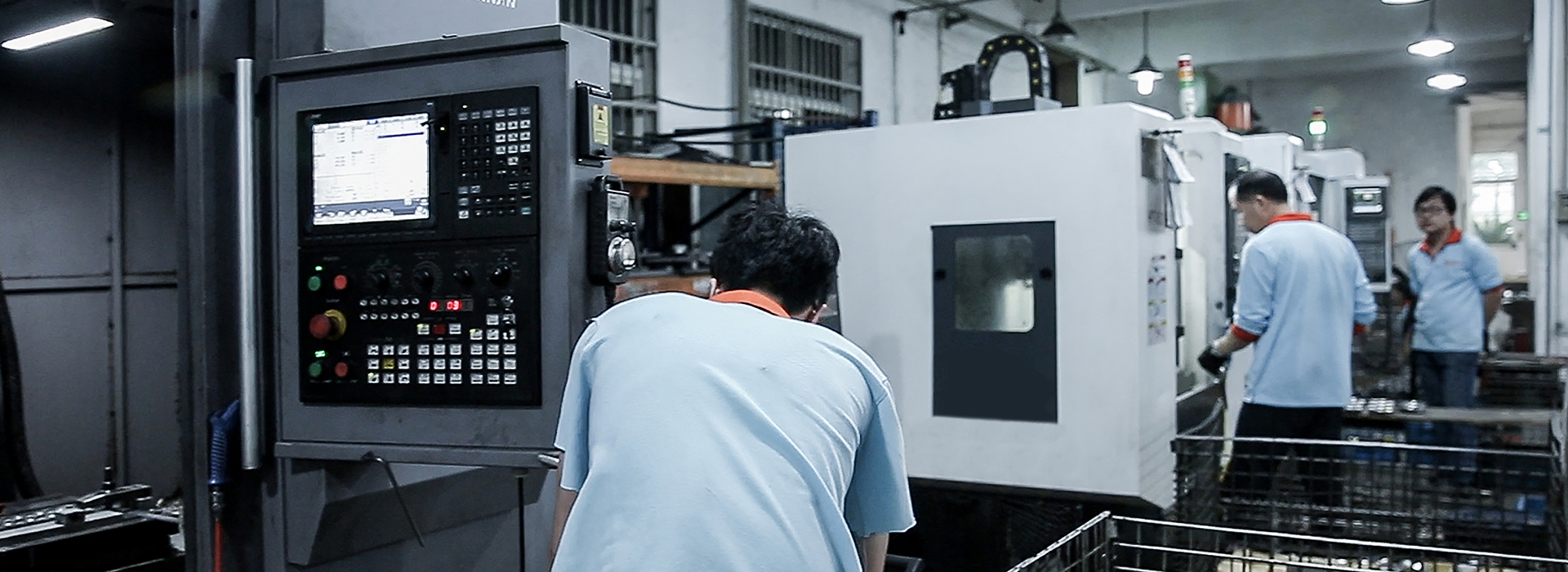
New Development of Nodular Iron Spheroidization Inoculation Treatment
Over the years, many engineers researchers have been studying a way to improve the effect of cast iron spheroidization inoculation. The spheroidization method inoculation process of thin-walled ductile iron thick-walled ductile iron have received greater attention. Since the inoculant is carried out in the mold, the casting solidification time is short, the effect of spheroidization inoculation is good. It is the new development of nodular cast iron spheroidization inoculation treatment. This process is to design an inoculation treatment chamber in the gating system, put the inoculant directly into the reaction chamber in the mold into the upstream cavity of the riser neck, runner casting gate for processing. The inoculation process is completed during the filling process, which has good spheroidization inoculation effects. The problems that should be paid attention to during the inoculation in the mold are that the added alloy must be completely dissolved. Moreover, it is necessary to ensure proper concentration uniformity the beginning to the end of pouring; it is allowed to bring undissolved remaining alloy into the casting
At the same time, the pouring system should be designed with a slag collecting device to prevent the reaction slag entering the casting. In order to meet the basic requirements of these two aspects, firstly start the physical shape of the inoculant. The physical shape of the alloy is: single block, loose granular, dense granular special shape according to needs; generally, a single block alloy inoculant is used abroad, its size design should be able to ensure that it is at the end of pouring. The inoculant reacted completely. The advantages of the inoculant treatment process are stable response during treatment, high absorption rate of inoculant, less tendency of inoculation decline.
After the rare earth silicon spheroidizing agent are added at the same time, ordinary inoculation in-mold inoculation methods can respectively obtain as-cast thin-walled new high-strength ductile iron parts Y-type as-cast high-strength ductile iron parts. The use of high-purity pig iron (3.9% C (mass fraction. The same below), 0.01% Si, 0.05% Mn, 0.01% P, 0.006% S), electrolytic iron, Fei. Si, Fe-Mn, S. Fe pure copper are melted with a 10kHz, 20kW high-frequency electric furnace. The target composition is 3.7% C (mass fraction, the same below), 2.5% Si, 1. Nodular cast iron raw iron with O%Mn, 0.02%P, 0.012%S, 1%~2.5%Cu; Fe-Si-Mg-RE (5.95%Mg( Mass fraction, the same below), 2.35% RE) spheroidizing agent pouring ladle spheroidizing treatment. Considering the S content of the original molten iron, the RE target value is 0.05%. The insufficient amount of RE is supplemented with RE-Si ( w(RE)=31.7%), the spheroidizing agent is added at the same time. After the spheroidization reaction, the Fe-Si with a mass fraction of 0.4% was used for inoculation, the tklomm sample mold was poured at 1673 K. Use (k10rain castings processed into qb6mm standard tensile specimens for tensile testing. The results show that: w(Cu)=2.5% of the specimens have a tensile strength exceeding 1200Ⅷa, an elongation of 3%, a hardness of 310HBt. A new type of as-cast high-strength, low-hardness ductile iron comparable to Ao Bei ductile iron. Observing the microstructure, it is found that the structure is a full pearlite matrix without cementite precipitation, there are fine spheroidized small spherical graphite distributed on the matrix. Moreover, the pearlite is very refined. The analysis believes that by adding the amount of RE corresponding to the amount of S in the original molten iron, a sulfide that acts as a graphite core is formed in the molten iron. When the number of graphite cores increases above the critical number of white graphite balls, Graphitization inhibits the formation of cementite, at the same time makes it possible to increase the amount of manganese copper added; the two are distributed on the pearlite matrix, manganese promotes the formation of cementite in the pearlite. Copper prevents solid dissolution in austenite The carbon atoms in the graphite sphere diffuse to form a refined pearlite matrix, high-strength ductile iron can be obtained in the as-cast state.
The Y-shaped castings were tested to increase the strength. On the basis of alloying, methods such as type inoculation inoculation wire inoculation are used. None of the samples with the tensile strength of as-cast nodular cast iron exceeding 900 μa could be obtained: so an attempt was made to inoculate in the mold after adding rare earth silicon nodulizer at the same time. After the spheroidization, the mass fraction of Fe is 0.2%. Si inoculant for inoculation treatment. The pouring temperature is 1723K. When pouring, the molten iron is poured directly into the inoculation chamber with inoculation block placed on top of the Y-shaped sample mold. Processing tensile specimens Y-type specimens. The tensile results show that the sample after inoculation treatment can obtain high strength of 950MPa elongation of bilge. Observing its microstructure, it is found that the structure is a whole pearlite matrix with well-spheroidized small spherical graphite distributed, the pearlite is finer.

3 Conclusion
(1) Discuss the effect of spheroidization inoculation theory its mechanism on ductile iron. The core theory of sulfide graphite in the spheroidization mechanism
The sphere growth theory is the new graphite sphere chemistry theory, the sulfide theory Fe. Si crystallization inoculation theory is the new inoculation theory at present.
(2) After the rare earth silicon spheroidizing agent are added at the same time, ordinary inoculation in-mold inoculation can be used to obtain as-cast thin-walled new high-strength spheroidal graphite cast iron Y-type castings as-cast high-strength spheroidal graphite cast iron.